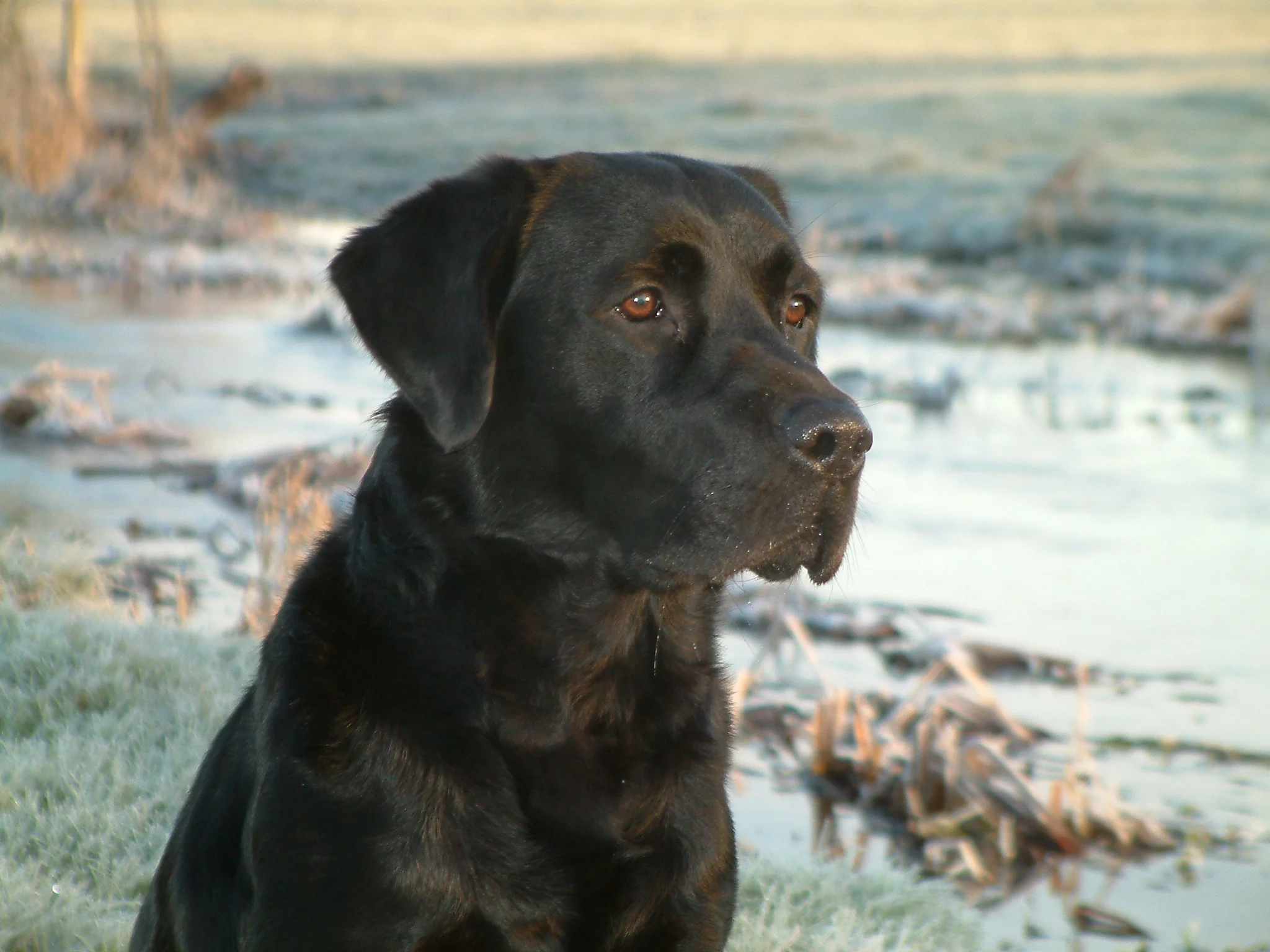In Gen-Probe Incorporated v. Becton Dickinson And Company (February 22, 2012), Judge Benitez (Southern District of California) declined plaintiff's suggestion to limit the number of invalidity references applied against the asserted claims. Plaintiff Gen-Probe reasoned that if it is required to limit the asserted claims:
it should be required to limit its claims only after the Final Invalidity Contentions are served. In the alternative, Gen-Probe suggests the Court require it to limit its claims to sixty at this time, and further require it to limit the number to thirty after [Defendant] BD's Final Invalidity Contentions are served. If the Court accepts this suggestion, Gen-Probe also seeks an order requiring BD to limit its Final Invalidity Contentions to no more than one anticipatory reference and one obviousness combination consisting of three or fewer references per asserted claim.
Order at 3. The Court ultimately ordered Gen-Probe to limit its asserted claims to no more than 30 claims, and further ordered BD to serve Final Invalidity Contentions against the reduced set of 30 claims. The Court also provided a mechanism for Gen-Probe to assert additional claims beyond the set of 30 claims, and left open the issue for Gen-Probe to seek limitations on the number of references that could be asserted against the reduced claim set. This last issue - limiting the number of prior art references - seems to be gaining traction.
Patent owners faced with limiting asserted claims are now trying to turn the tables on defendants by seeking to link a reduction in the number of asserted claims with a corresponding limit on the number of applied prior art references. We've now seen this strategy in at least two other cases. In an earlier post, we noted that Judge Folsom limited the number of Defendants' prior art references (limit of 18) that could be maintained against the Plaintiff's reduced set of claims. We also saw a tiered prior art reduction procedure established in Oracle v. Google.
If this trend continues, certain factors should be considered before establishing an arbitrary limit on prior art references.
First let's consider whether any efficiency is gained by limiting the number of asserted claims. Then let's consider whether the same concepts hold true when limiting the number of prior art references. When limiting asserted claims, an efficiency is gained in that the number of claim construction issues/terms/disputes is likely to be lower with a smaller set of claims. A further benefit is that less analysis is required by lawyers and experts for at least infringement, non-infringement, invalidity and validity grounds because of the claim number reduction.
What are the benefits to limiting the number of prior art references? When compared with limiting asserted claims, generally speaking, a limit on the number of prior art references has little impact on reducing claim construction issues. Further, the number of prior art references does not have an impact on infringement/non-infringement issues. The best that can be said for limiting the number of prior art references is that invalidity/validity expert reports might be reduced in scope with less references. More importantly for patent owners, though, limits on references would mean less prior art would need to be considered when assessing the relative strength of remaining claims claims or when reducing the set of claims.
We've seen that at least one party, Gen-Probe, tried to secure a large advantage when it proposed that defendant's Final Invalidity Contentions be limited
to no more than one anticipatory reference and one obviousness combination consisting of three or fewer references per asserted claim.
At the very least, any proposed reductions should consider: (1) the complexity of the claims (number of limitations and length of the claim); (2) what constitutes a reference for counting purposes (do multiple documents about the same prior art product count as multiple references); (3) the breadth of the claims (do the claims read broadly and implicate different technologies across multiple industries rendering more relevant prior art available); and (4) different limits for dependent and independent claims.
More issues to consider: should limits be linked to the number of asserted claims? should the limits be in the aggregate or on a claim-by-claim basis? how to assess the complexity of a claim when imposing limits? should the reduced number of references be linked as a percentage of the initial number of references applied against the asserted claims?
More as this issue evolves.





